Backstage with Pierre Yovanovitch
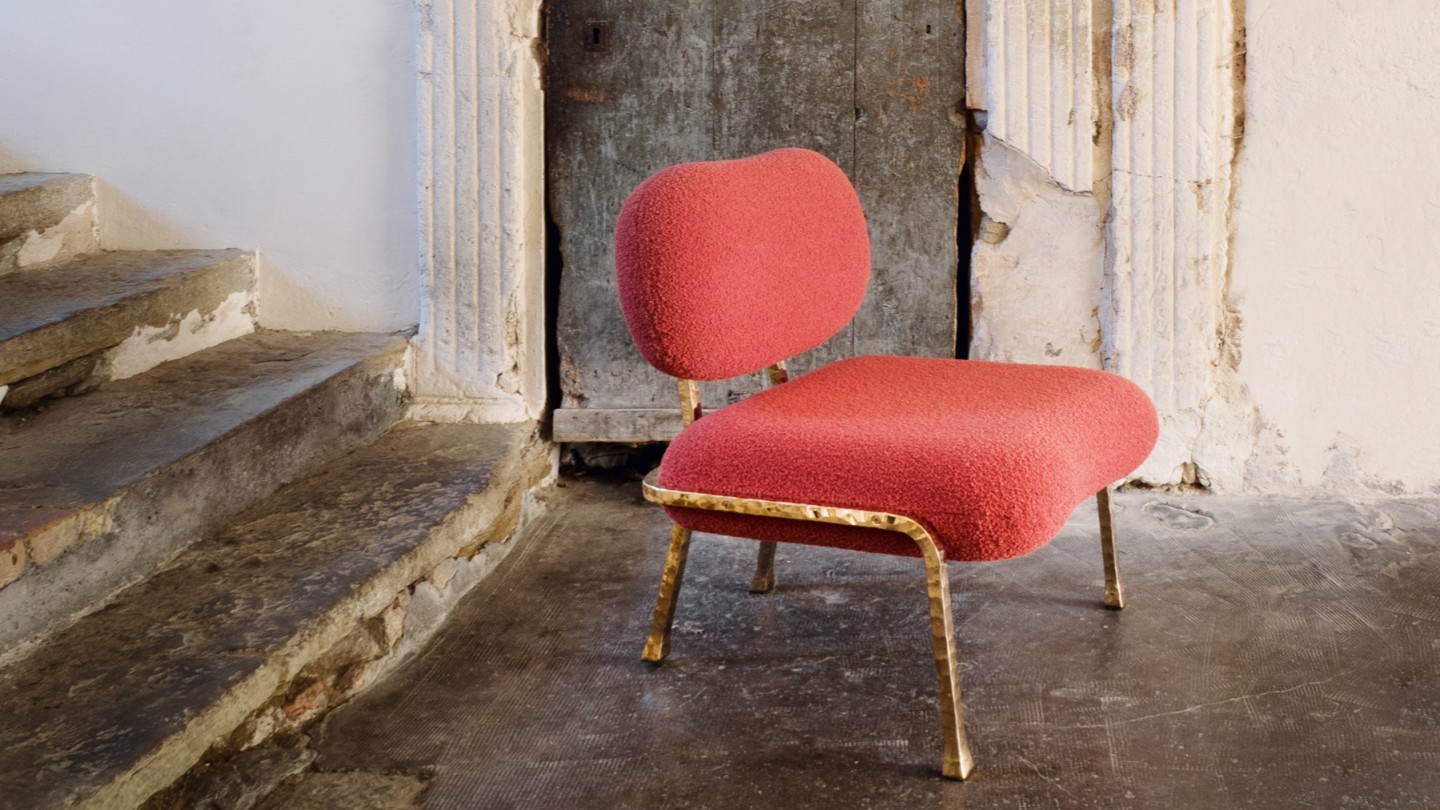
Roula Khalaf, Editor of the FT, selects her favourite stories in this weekly newsletter.
“You have to be crazy to do this job, because with each challenge you need to be as brave as possible and yet you always want to do more,” says French interior designer Pierre Yovanovitch of the drive that fuels his work. He leans back casually on a sofa in the office of his Provence home, exuding nonchalant French suave in an open-necked shirt and dark-framed glasses. “I started out working alone, and went on to do bigger and bigger projects because it was never enough. But this is what gives me the energy to do what I do.”
Yovanovitch, 55, whose work includes residences, Christian Louboutin’s beauty flagship at Galerie Véro-Dodat and the Hotel Marignan in Paris, as well as the 2019 refresh of Hélène Darroze’s restaurant at The Connaught in London, admits to “always being in action” – even when he retreats to his garden at Château de Fabrègues, a home filled with 20th-century art and design and encamped in 90 acres of woodland far from his offices in Paris and New York. “It’s funny, because when I have an idea my partner tells me to calm down because he knows I won’t stop until it happens,” he says. “I’m difficult to live around sometimes. I am never still.”
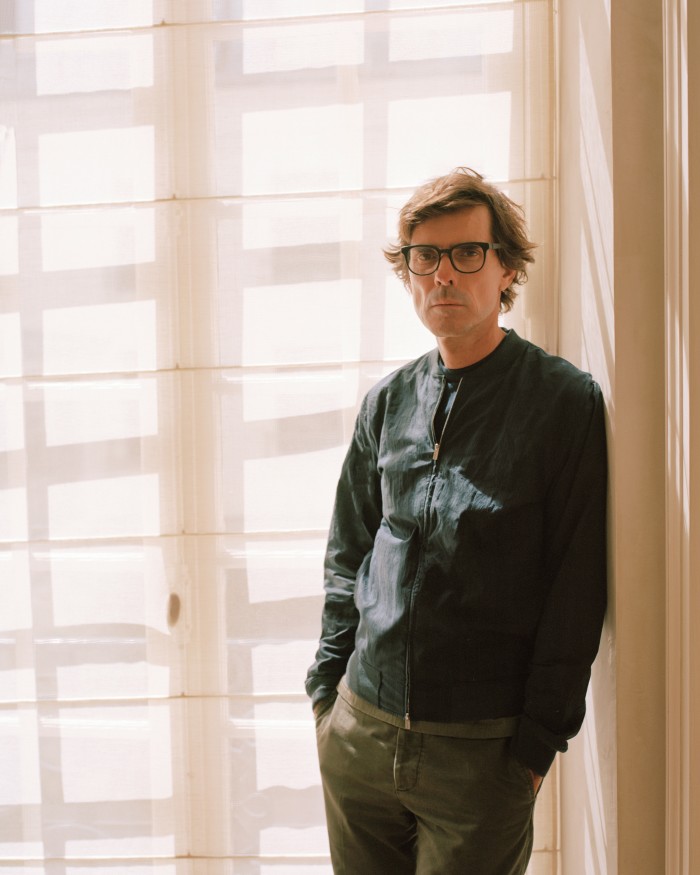
Lockdown in Provence was no exception. Instead of kicking his heels, Yovanovitch put his mind to the conception of his first furniture brand – a 45-strong ensemble of furnishings and lighting that builds on nearly two decades of creating custom haute-facture works for his interiors projects, and will run in tandem with the interior architecture business. The project is set to keep him occupied for some time. On 19 May, the brand will launch at a temporary exhibition space at Place des Vosges, one of the oldest and most beautiful squares in Paris. Come the summer, Yovanovitch will open his first dedicated showroom in the city.
It is shaping up to be a milestone year for the creator who established his interior architecture practice in 2001, having worked as a menswear designer for Pierre Cardin. “I see my life divided in two parts: fashion and interior design,” Yovanovitch says. “I was super-happy to work with Pierre. His influence was great and I think he was proud of me. He was a real genius and I learnt much about shape and colour from him – he was a master in that respect.” The two met up shortly before Cardin’s death, aged 98, last year. “We had great discussions and he certainly didn’t lose his sharp mind, but of course it was sad because there are people who you wish could stay around and in your heart forever.”
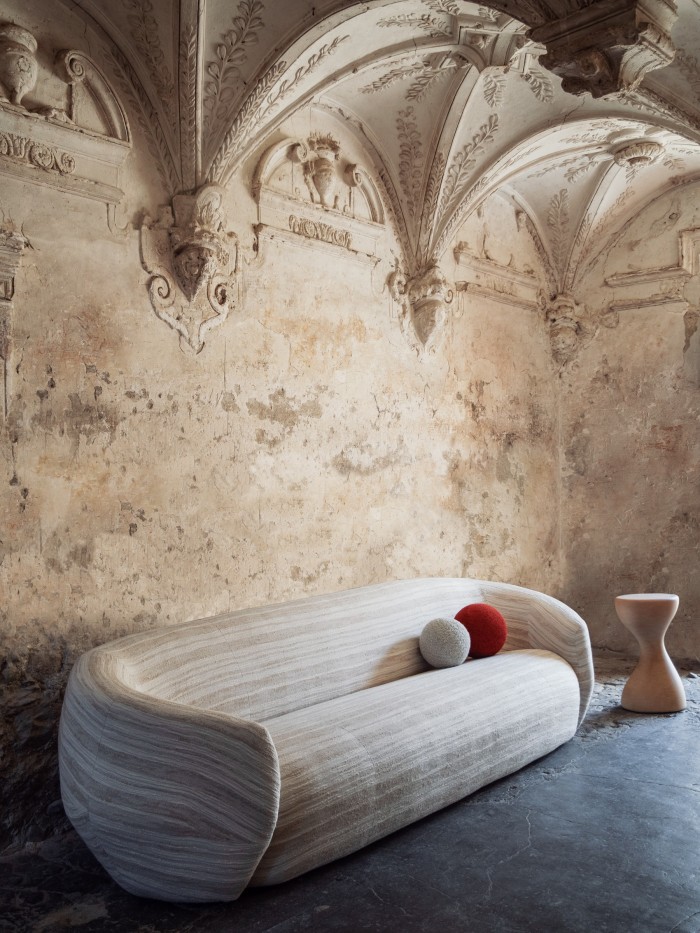
Yovanovitch has never regretted leaving fashion to pursue interior design – a career that began when he was renovating his own apartment, then snowballed when he was asked to do the same for friends. Over the years he has developed a signature of understated elegance; his style guided by intuition, which he describes as his best quality, and the bucolic beauty of Provence, where he feels most at peace. “In summer, Provence blooms and is filled with colour and in the winter it’s dark and dry. It is very important for me, as I draw inspiration from the seasonal variation of nature and the woodlands around me,” he says.
In homage to his muse, the collection has been photographed at the 17th-century Château de Volonne, close to Yovanovitch’s home. But Paris is never far from his mind. “I’m French and I really want to explore the French style,” he says. “I am one of those people who spends his life looking up at buildings in the city. There’s always the danger that I will fall over because I have my head in the clouds.”
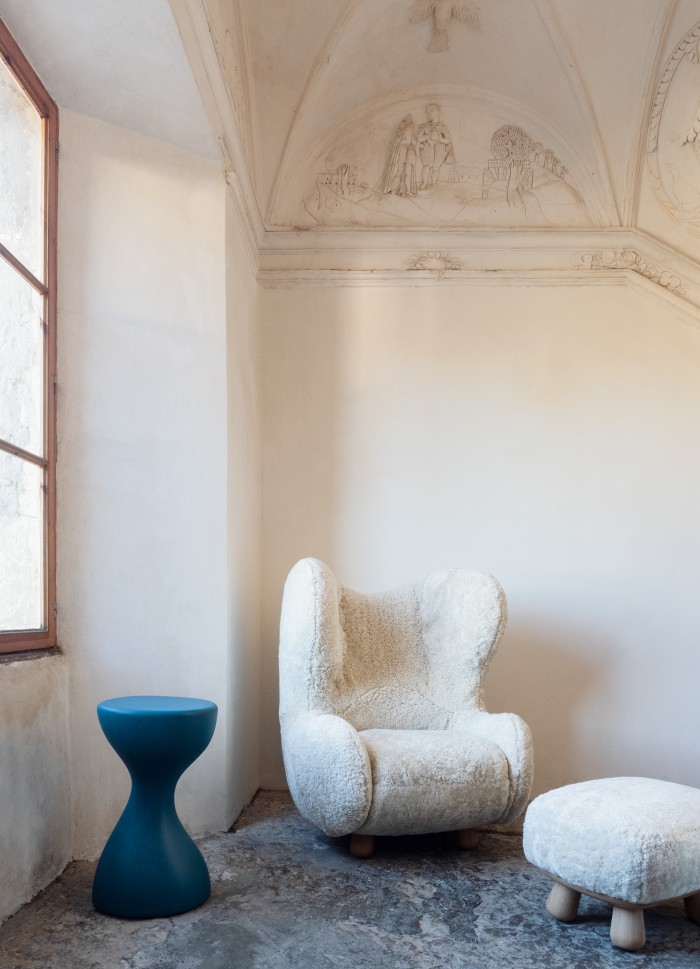
Yovanovitch, of course, is also well-travelled and his cultural references are many and varied. “When I first started designing, I wanted to develop my passion for vintage furniture and to explore my love for the Swedish Grace movement of the early 20th century, which remains a constant inspiration,” he says, citing the fusion of purity and sophistication in the work of Uno Ahrén and Axel Einar Hjorth.
Yovanovitch’s first interior design commission was for Patricia Losey, the English wife of Don Giovanni film director Joseph Losey. “They were smart people, part of that Rive Gauche Parisian intellectual set,” he recalls. “She called me because we had a mutual friend and she had just sold her house in London and bought an atelier in the 14th arrondissement of Paris. I was happy to help her – she had great taste. We went for art deco furniture and bought some very nice pieces by Pierre Chareau. The space itself was very industrial and modern. I still like it when I look back at the photographs some 22 years later, even though my style has changed.”
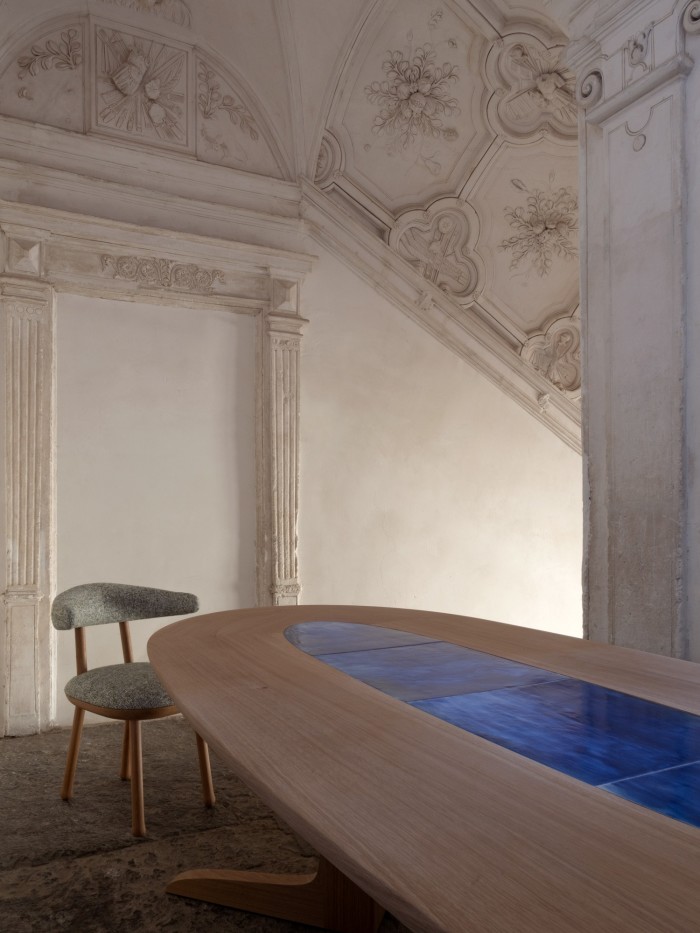
There have been many high-flying clients since, who come to Yovanovitch for his sculptural treatment of spaces that accentuates geometry and space – and a palpable sense of theatre. Indeed, he approaches every interior, from historic city apartments to Alpine chalets, like a theatre set – the artists and artisans he brings on board to realise his vision are its orchestra and he the conductor. The resulting bespoke furniture (including his Papa Bear and Oops family of chairs, which were first conceived for such projects and are now sold at The Invisible Collection) is its ensemble cast.
And yet the designer describes his aesthetic as “classic”. His collection draws on staple materials such as wood, glass and metal, which highlight line and proportion while revealing the craftsmanship behind their construction. “Design has to be beautiful but also comfortable, and that is why I focus on shape,” he explains. “I design furniture almost like a family – they have human characteristics, so you will see small details like heels on the feet of chairs. I want the pieces to connect on a human level.
“My work has to be serious and super-high quality but it also needs to be fun. It is a reflection of who I am: sometimes I’m funny and at other times I’m dark – like the changing seasons in Provence.” Above all, these are pieces made to be cherished. “I think people are concerned with owning beautiful objects – not something that will be thrown away in two years but will be with them for a lifetime,” Yovanovitch concludes. “That is part of my aesthetic. I use simple materials and play with them in order to do something radical. Simplicity is the most beautiful thing – but it can also be the most complicated to achieve.”
Comments